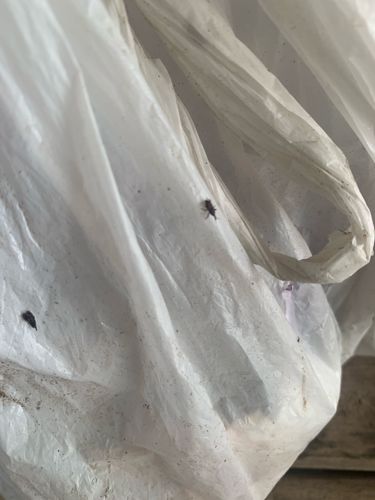Fungus Gnats
Scientific Name: Various genera within Sciaridae (e.g., Bradysia) and Mycetophilidae
Order & Family: Order: Diptera, Family: Sciaridae (dark-winged fungus gnats) or Mycetophilidae (fungus gnats)
Size: Adults are typically 2-5 mm in length. Larvae can vary in size up to about 6-7 mm.

Natural Habitat
Fungus gnats are commonly found in moist environments, particularly around overwatered houseplants, greenhouses, compost piles, and areas with decaying plant material. They thrive in humidity and where there is fungal growth.
Diet & Feeding
Larvae primarily feed on fungi and decaying organic matter in moist soil. They can also feed on plant roots, especially tender seedlings. Adult fungus gnats do not feed and live only to reproduce.
Behavior Patterns
Adult fungus gnats are attracted to light and moisture and are often seen flying or resting on surfaces near potted plants, damp walls, or decaying organic matter. Larvae live in and feed on fungi and decaying organic matter in moist soil. They undergo complete metamorphosis with egg, larval, pupal, and adult stages. The life cycle can be completed in about 3-4 weeks, leading to multiple generations per year.
Risks & Benefits
Potential risks include being a nuisance pest indoors, especially when populations are high. Larvae can damage the roots of seedlings and young plants, leading to wilting, stunted growth, or even plant death. They do not bite humans or animals. Benefits are minimal, though they contribute to the decomposition of organic matter in outdoor environments. They can also be a food source for other insects.
Identified on: 8/15/2025